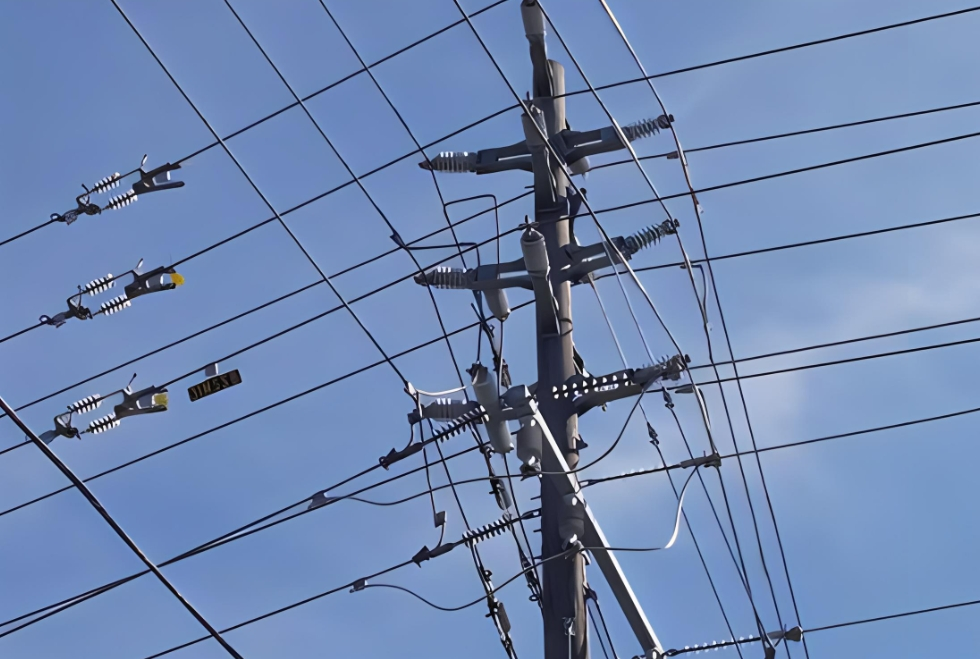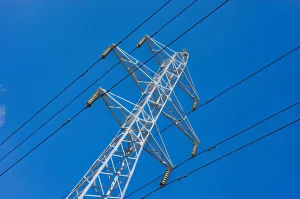Introduction
Importance of overhead cables in electrical infrastructure
- Overhead cables play a crucial role in transmitting electricity across various distances.
- They are integral to the functioning of electrical grids, providing power to residential, commercial, and industrial areas.
- Overhead cables are often preferred for their cost-effectiveness and ease of installation compared to underground alternatives.
Overview of the guide's focus on safety, installation, and maintenance
Safety considerations: a. Highlighting the potential hazards associated with overhead cables, such as electrocution and fire risks. b. Providing guidelines for ensuring the safety of workers and the general public during installation and maintenance activities. c. Emphasizing the importance of adhering to safety standards and regulations set forth by relevant authorities.
Installation procedures: a. Detailing the steps involved in the proper installation of overhead cables, including site preparation, pole erection, and conductor stringing. b. Addressing common challenges faced during installation, such as adverse weather conditions and terrain obstacles. c. Recommending best practices for ensuring the longevity and reliability of the installed cables.
Maintenance practices: a. Outlining the importance of regular inspection and maintenance routines to detect and address potential issues promptly. b. Providing guidance on identifying signs of wear and tear, corrosion, and other forms of damage in overhead cables. c. Offering strategies for conducting routine maintenance tasks efficiently while minimizing disruptions to electrical service.
Conclusion: a. Stressing the critical role that proper safety measures, installation techniques, and maintenance practices play in ensuring the reliability and longevity of overhead cables. b. Encouraging readers to utilize the information provided in the guide to enhance the safety and efficiency of their electrical infrastructure projects.
Understanding Overhead Cables
Definition and types of overhead cables
Definition: a. Overhead cables, also known as overhead power lines or overhead conductors, are electrical cables suspended above ground level for the transmission and distribution of electricity. b. They consist of conductors made of materials like aluminum or copper, supported by insulators and mounted on poles or towers.
Types of overhead cables: a. Bare overhead conductors: i. These cables consist of bare metal conductors without any insulation, primarily used for high-voltage transmission lines. ii. Examples include ACSR (Aluminum Conductor Steel Reinforced) and AAC (All Aluminum Conductor) cables. b. Insulated overhead conductors: i. Insulated overhead cables have a protective covering or insulation layer around the conductors, offering enhanced safety and protection against environmental factors. ii. Common types include covered conductor cables and bundled conductor cables.
Components and structure of overhead cable systems
Conductors: a. The conductors are the core components of overhead cable systems, responsible for carrying electrical current from one point to another. b. They are typically made of aluminum or copper due to their excellent conductivity and mechanical strength.
Insulators: a. Insulators are used to support and electrically isolate the conductors from the supporting structures, such as poles or towers. b. They are often made of materials like porcelain, glass, or polymer, chosen for their electrical insulating properties and durability.
Supporting structures: a. Overhead cables are suspended from supporting structures such as utility poles or transmission towers. b. These structures provide the necessary elevation and support for the cables to maintain clearance from the ground and other obstacles.
Accessories: a. Various accessories, such as vibration dampers, spacers, and surge arresters, are used to enhance the performance and reliability of overhead cable systems. b. These accessories help mitigate issues such as conductor oscillation, galloping, and overvoltage events, ensuring the stability of the electrical network.
Grounding system: a. A grounding system is essential for dissipating electrical faults and lightning strikes to the ground, minimizing the risk of damage to equipment and ensuring safety. b. Grounding rods, cables, and grounding grids are components of the grounding system designed to provide a low-resistance path for fault currents to flow safely away from the electrical infrastructure.

Safety Considerations
Hazards with Overhead Cables
- Electrical shock risks due to exposed conductors.
- Fire hazards from contact with flammable materials.
- Physical injury from falling objects or accidental contact with cables.
Safety Protocols
- Maintain safe distances from overhead cables.
- Use insulated tools and equipment.
- Implement proper signage and barriers.
- Follow lockout/tagout procedures when working near live cables.
Personal Protective Equipment (PPE)
- Insulated gloves and boots.
- Safety helmets.
- Eye protection gear.
- High-visibility clothing.
Installation Procedures On Overhead Cables
Planning and Preparation
- Site survey and permit acquisition.
- Detailed installation plan development.
- Material and equipment procurement.
Step-by-Step Installation Guide
- Clear right-of-way and install supporting structures.
- String conductors and attach insulators.
- Terminate conductors and conduct initial tests.
- Energize cables and perform commissioning tests.
Quality Control and Inspection
- Regular inspections during installation.
- Monitoring tension levels and clearances.
- Documenting procedures and deviations.
- Final inspection before commissioning.
Maintenance Practices On Overhead Cables
Importance of Regular Maintenance
- Ensures the reliability and longevity of overhead cables.
- Identifies and addresses potential issues before they escalate.
- Prevents downtime and costly repairs.
- Enhances safety for workers and the public.
Common Maintenance Tasks
- Visual inspections for signs of wear, damage, or corrosion.
- Tightening of hardware and fittings.
- Cleaning insulators and removing debris.
- Testing and replacing damaged conductors or insulators.
- Lubricating moving parts, such as suspension clamps.
Troubleshooting and Addressing Issues
- Identifying and repairing conductor sagging or tension issues.
- Resolving faults or short circuits promptly.
- Addressing damage from weather-related events, such as storms or lightning strikes.
- Implementing corrosion prevention measures.
- Conducting thermal imaging and other diagnostic tests for early detection of potential problems.
